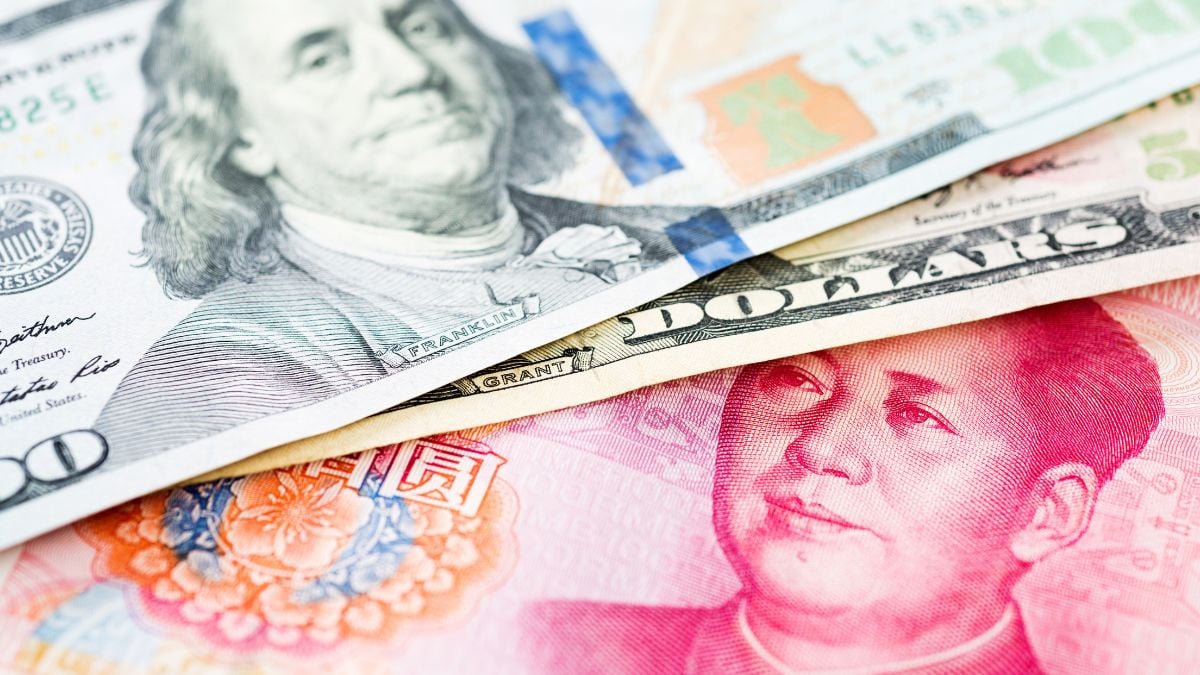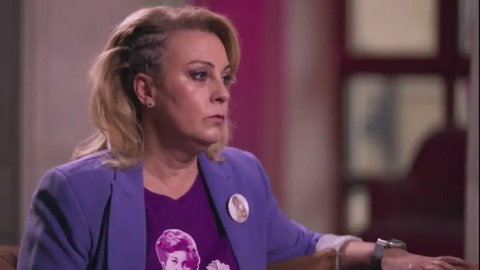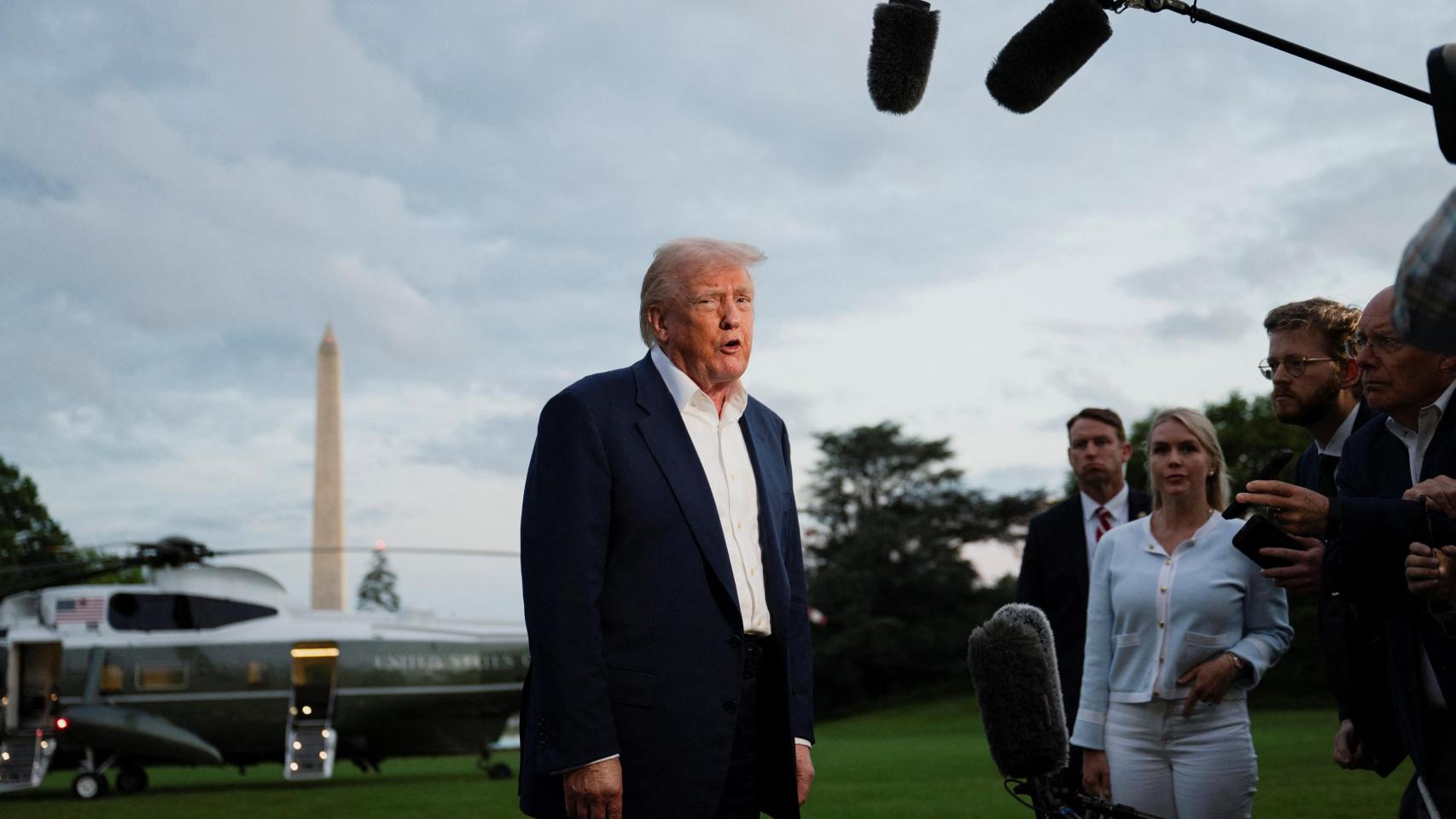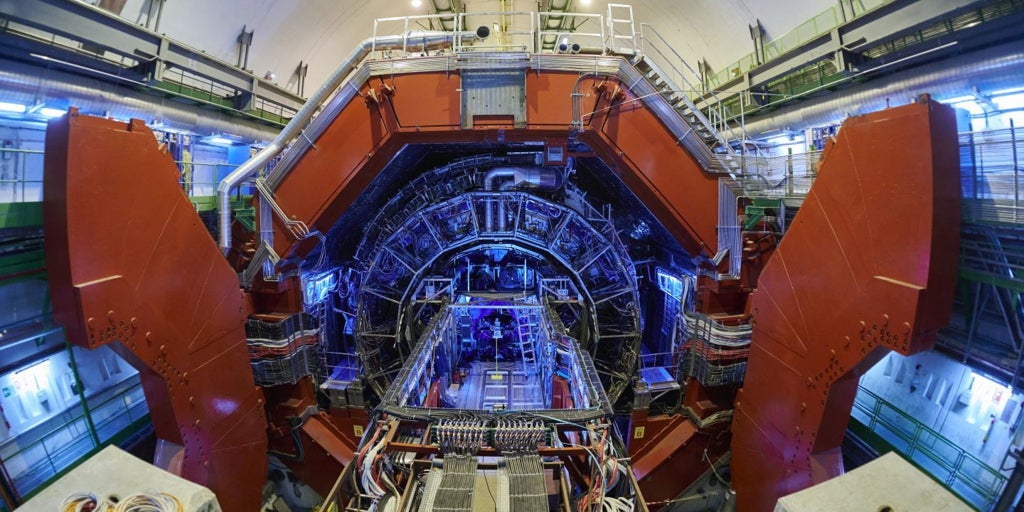China and the United States sign a trade deal: here are the key details
China and the United States announced a trade deal to reduce reciprocal tariffs initiated by President Donald Trump


The most significant trade conflict of the last decade between China and the United States appears to have entered a truce. The two largest economies on the planet have agreed to substantially reduce reciprocal tariffs, initiated by President Donald Trump, for an initial period of 90 days. This trade deal marks a temporary de-escalation in the so-called “trade war”, which has severely impacted international trade, market stability, and industrial production on both sides of the Pacific.
The agreement represents a strategic pause, but not a definitive resolution. U.S. authorities have stated that if the “constructive” dialogue continues, there is room to extend the tariff suspension beyond August.
ALSO READ. Wrestler Sabu Passes Away: Terry Brunk’s Cause of Death and Net Worth
What does the new trade deal between China and the United States establish? Details
The pact announced in Geneva, Switzerland, after a round of negotiations led by U.S. Treasury Secretary Scott Bessent and Chinese Vice Premier He Lifeng, includes a mutual tariff reduction for three months. Starting May 14, the following terms are set:
- The United States will reduce its tariffs on Chinese imports from 145% to 30%, including those related to the fight against fentanyl trafficking.
- China will reduce its tariffs on U.S. products from 125% to 10%.
Both parties view this tariff relief as a window of opportunity to advance the resolution of deeper trade disputes, aiming to avoid a complete economic decoupling.
ALSO READ. How did the fentanyl epidemic start? A story of unethical marketing
Why did this trade war between the U.S. and China start?
The Donald Trump administration imposed extremely high tariffs on Chinese imports as part of its strategy of “reciprocal tariffs”. The main argument was that the United States maintained an unsustainable trade deficit with China, and that American companies suffered from a lack of protection for their intellectual property and were forced to transfer technology.
In response, China implemented its own tariff measures and non-tariff restrictions. This escalation triggered turmoil in global financial markets, reduced maritime trade between the two countries, and caused a sharp slowdown in the manufacturing industry, particularly in China.
How did this new agreement affect global markets?
The tariff truce was enthusiastically received by international financial markets. After the announcement:
- The S&P 500 index rose by 3.1%.
- The offshore yuan gained 0.5% against the dollar.
- 30-year Chinese bonds saw their yield increase by six basis points, the largest jump since March.
- European and Asian stock markets posted significant gains. The Hang Seng index in Hong Kong closed up 3%, while the Shanghai Composite rose 0.8%.
- The price of Brent crude oil climbed 3% to $64.14 per barrel, fueled by expectations of global economic recovery.
However, the price of gold dropped 3%, reflecting a shift toward riskier and more profitable assets rather than safe havens.
What issues still cause friction between China and the United States?
Despite the temporary relief, structural differences between the two powers remain significant. Analysts point to the following main factors that continue to cause disagreements:
- Trade deficit: The United States continues to pressure China to balance the trade relationship through purchase agreements.
- Intellectual property: Washington accuses Beijing of practices such as forced technology transfer and misuse of patents.
- State subsidies: China is accused of providing disproportionate aid to sectors like steel and aluminum, leading to overproduction and global price distortions.
- Regulations and standards: In sectors such as food, cosmetics, and medical technology, there are asymmetric requirements that the U.S. considers unfair.
- The Donald Trump factor. President Donald Trump was the main driver of the aggressive tariff policy against China. Under his leadership, protectionist measures were implemented to reposition the United States as a dominant player in strategic sectors such as semiconductors, pharmaceuticals, and industrial metals.
These trade tensions will not be easily resolved within 90 days, but the establishment of a “permanent dialogue mechanism” represents a step toward a negotiated and lasting solution.
What did China say about the new trade deal?
The Chinese government publicly expressed satisfaction with the trade truce. Beijing’s Ministry of Commerce stated that the agreement represents a “significant step” toward a more cooperative and balanced relationship.
Additionally, China suspended key non-tariff measures, such as export controls on rare earths imposed on April 4. This decision relieves pressure on various U.S. industries that are highly dependent on those inputs.
In parallel, the Chinese government published a white paper on national security, reaffirming its commitment to the peaceful development of foreign relations, while also warning of its capacity to respond to future sanctions.
⇒ SUBSCRIBE TO OUR CONTENT ON GOOGLE NEWS













































































